Beginner’s Guide: What’s the Difference Between Espresso and Filter Coffee?
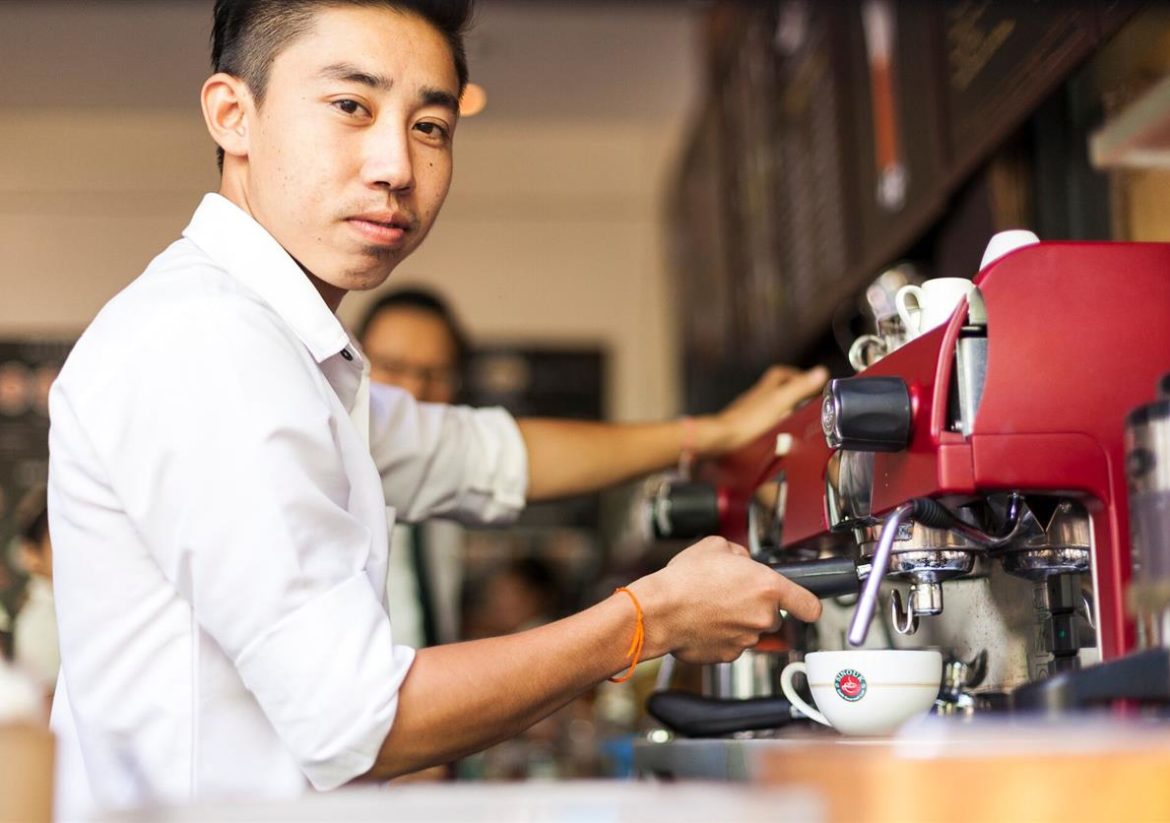
When I first got into coffee many years ago, I was so intimidated and overwhelmed by everything – the people, coffee nerds, coffeehouses, terminology and whatnot. I felt like I should know all of these things and that I was an imposter of a barista.
But in reality, it took me years to accumulate the knowledge that I know now. There’s no shame in not knowing! The fact that you are reading this article right now just tells me that you are doing something to fill that gap in knowledge – kudos to you!
Coffee in all its glorious forms are one of the best parts of adult life and I can’t imagine not ever having a cup (I’m even having one right now as I’m writing this post). But there’s so many different forms to choose from, how would one ever know what’s right for you?
Personally, I believe that coffee breaks into two main branches – espresso based and filter based. Every other thing kinda falls into either of these branches. And fundamentally, espresso and filter coffee follow the same basics – hot water passing through the coffee grounds, filtering through some sort of device, and coming out the delicious liquid gold we all know it to be. But what’s the glaring and even minute differences between the both?
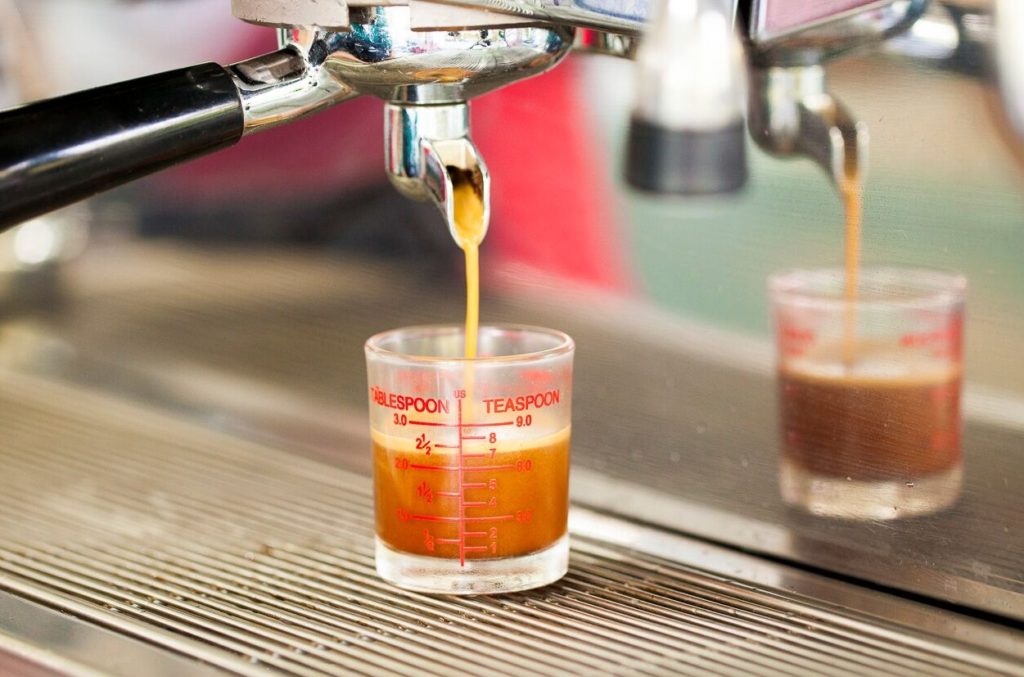
Espresso
Espresso is brewed under high pressure as the hot water is pushed through finely grounded beans as compared to filter coffee who has more leeway to express themselves (I mean they are not under immense stress, am I right?). The resulting product is a fast shot roughly about 30ml, its flavours much simpler with no complexities involved, neither a field of strawberries in your mouth. Instead, it is more acidic and bitter in nature and should leave a nice aftertaste at the back of your tongue.
Although the flavour profile of an espresso is much simpler, the anatomy is not. It is made up of 2 parts: the crema and liquid.
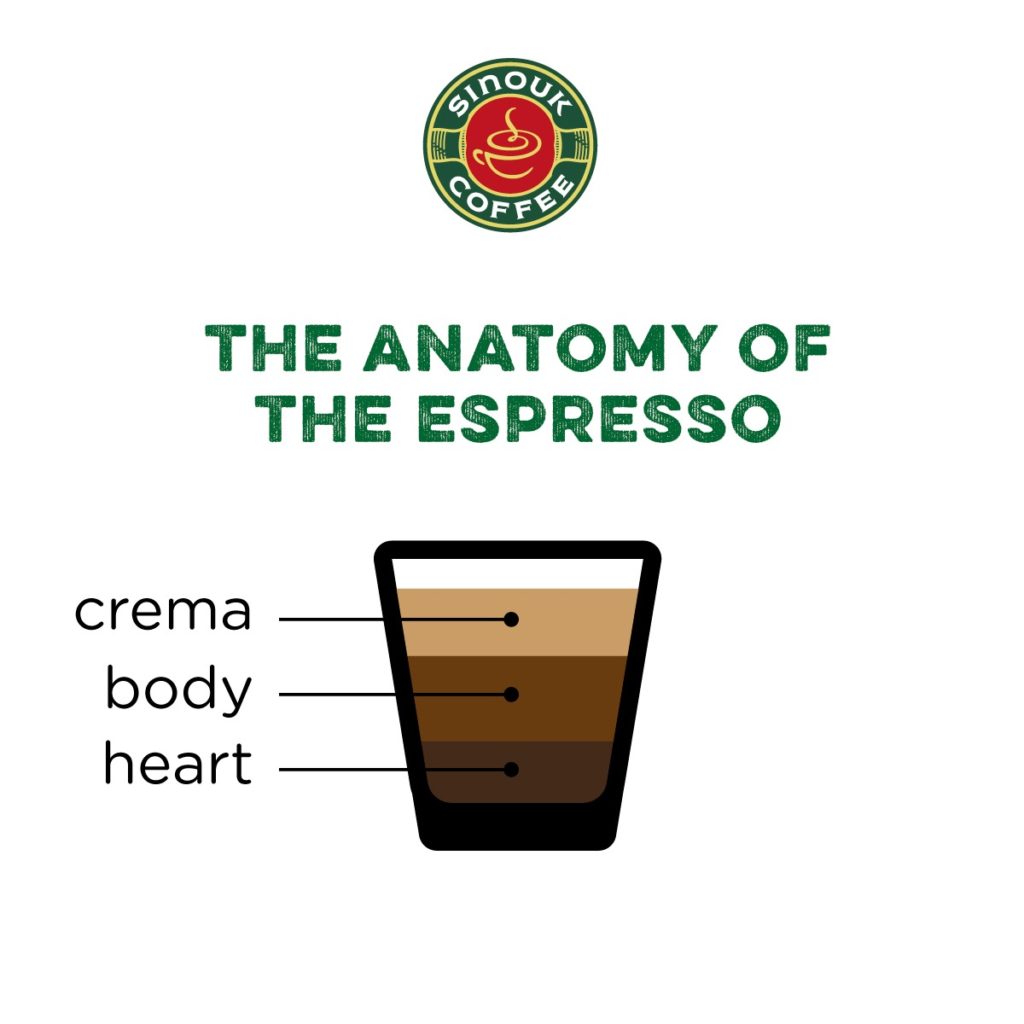
The crema is the golden-brown top layer of a shot, a solution of CO2 bubbles surrounded by water and oils, and is also usually contains suspended coffee fragments and emulsified oils. Whereas the liquid is made up of soluble solids (taste and strength of brew), soluble gases (aroma), and insoluble solids (mouthfeel). The liquid can also be further categorised into liquid and heart – where the liquid is a lighter brown and the heart is the richer darker brown at the bottom.
Contrary to popular beliefs, when extracted right, espressos are delicious and sweet (it’s main profiles are bitter, acidic, and sweet!). Try different espressos side by side and you will be wowed by how the different permutations of the 3 main profiles can bring so many layers of tastes.
Pro tip! Stir in your crema with the liquid. As coffee will start to separate in a sitting cup, and stirring will recombine all the essential elements.
However, if an espresso shot is not your thing, you can still enjoy it with steamed milk and water to your liking. Not feeling like driving down to a café? The next easiest thing is to pop a single serve capsule into a Nespresso machine and press a button. walah! a pipping hot cup of coffee at the comfort of your own home. 😌
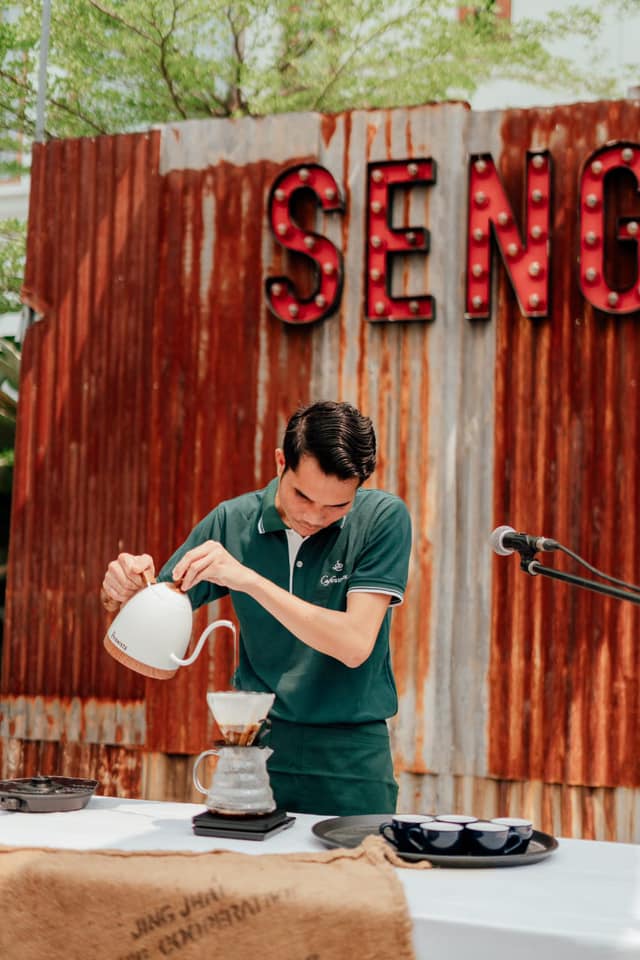
Filter Coffee
While an espresso (or espresso-based drinks) sounds like the quick solution for a busy morning, filter coffee is meant for those enjoying a relaxed morning or afternoon. It takes thrice as long to brew a cup, as water filters through the grounds purely due to gravitational forces. As such, more water and grounds would be required and the grounds should be slightly coarser.
The equipment for brewing filter coffee is also more accessible compared to an espresso machine. There are also a variety available on the market – V60, Chemex, Tricolate, and Woodneck to name a few.
Filter coffee or aka pour over and drip, are popular drinks to order as they are less acidic and the tasting notes that you see on the packaging? Bet you can taste them too. Unlike espresso, filter coffee is clean and clear due to the fact that more water is allowed to absorb the oils and fragrances in its own time and pressure. While the brew time is longer, it’s this process that nurtures the grounds to release its goodness. Surely, a longer wait time for a better brew is always welcomed?
Filter coffee should be enjoyed black to enjoy all the subtleties of the brew. But while there’s a preferred method, it does not always mean the best. At the end of the day, you are the one enjoying the cuppa and your tastes are influenced by your lifestyle and preferences. Sinouk Coffee carries many products suitable for drip coffee, check out this post for our top recommendations if you’re not sure what to get!
TL;DR? Check out this infographic for a quick overview 😎
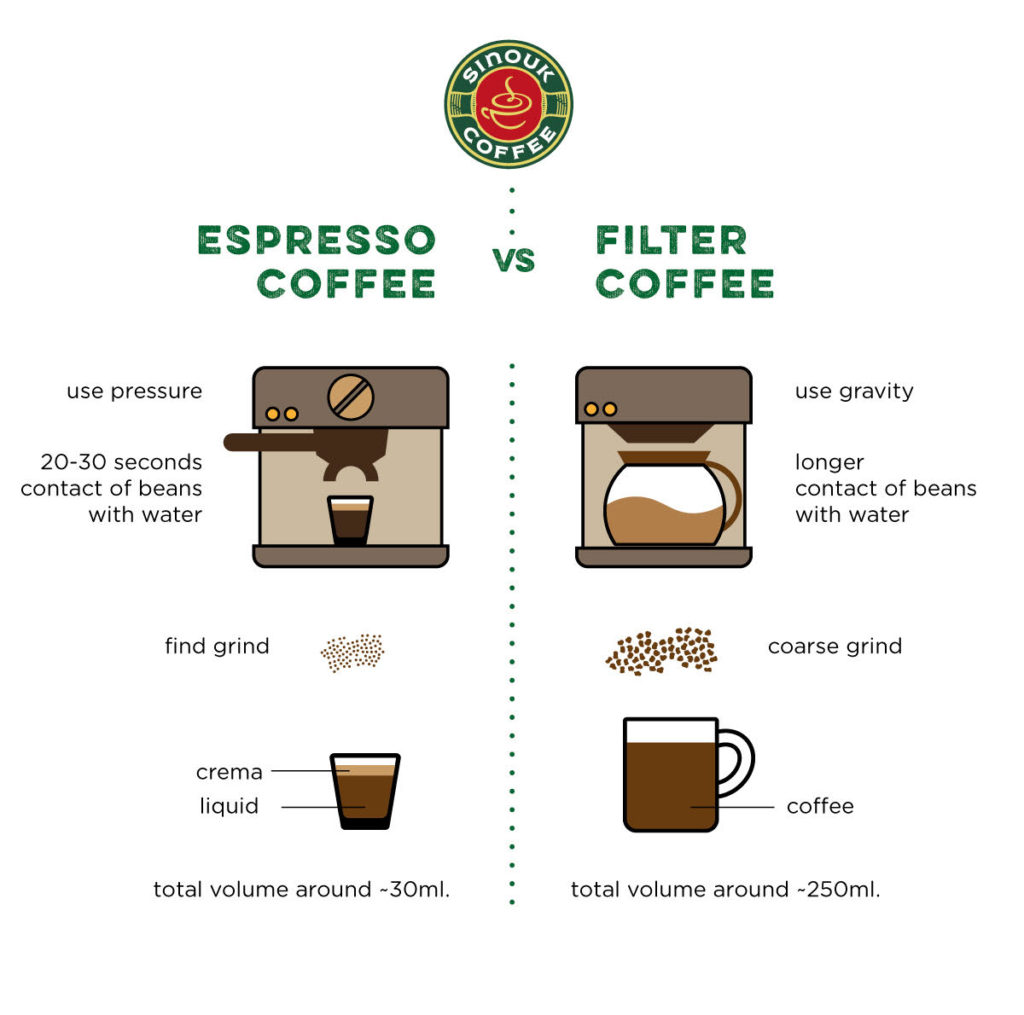
With its varied forms and multi-brewing techniques, you can definitely put your own twist to make coffee your own. Share with us your favourite brewing techniques and recipes in the comments below! I would love to hear from everyone 😆

